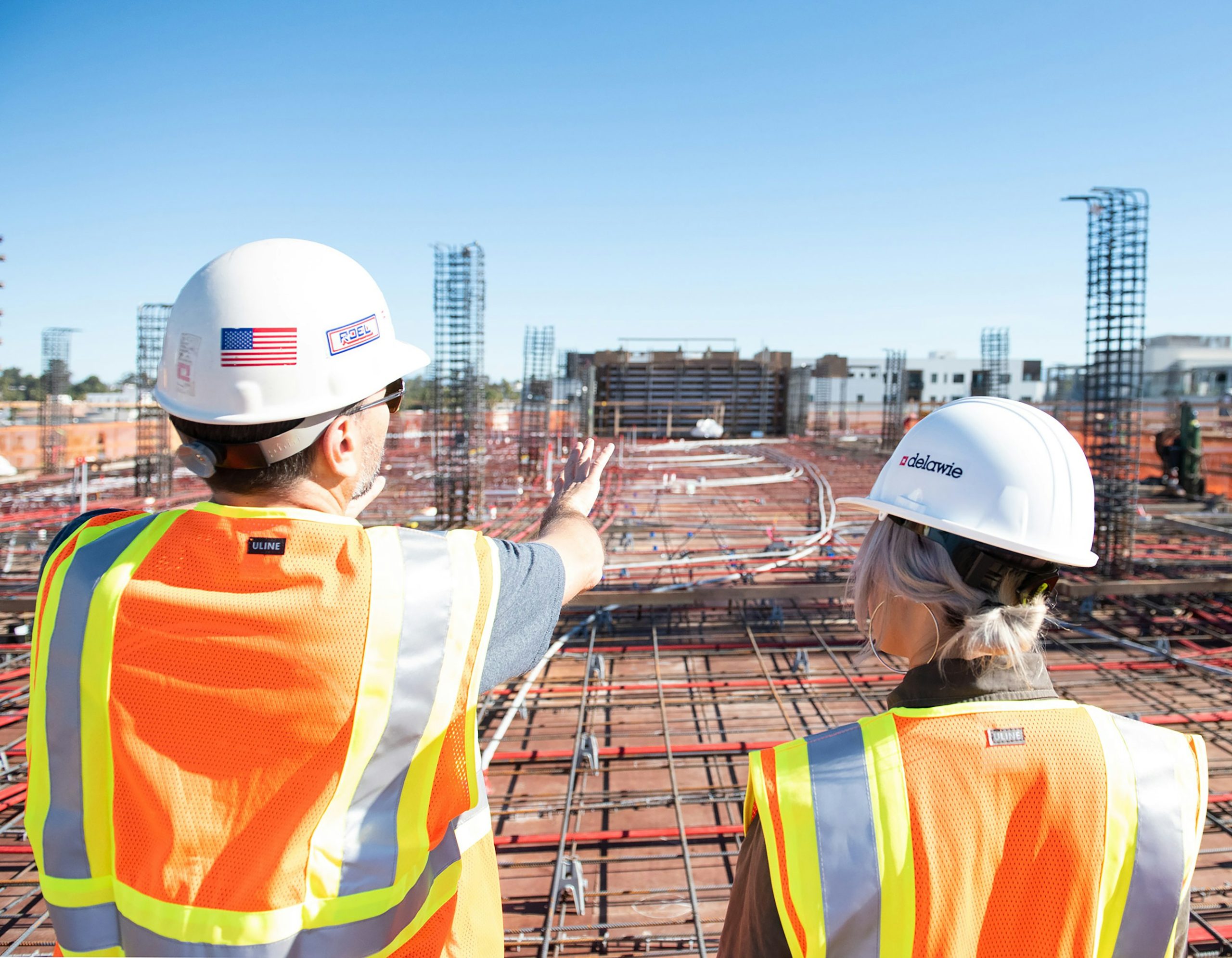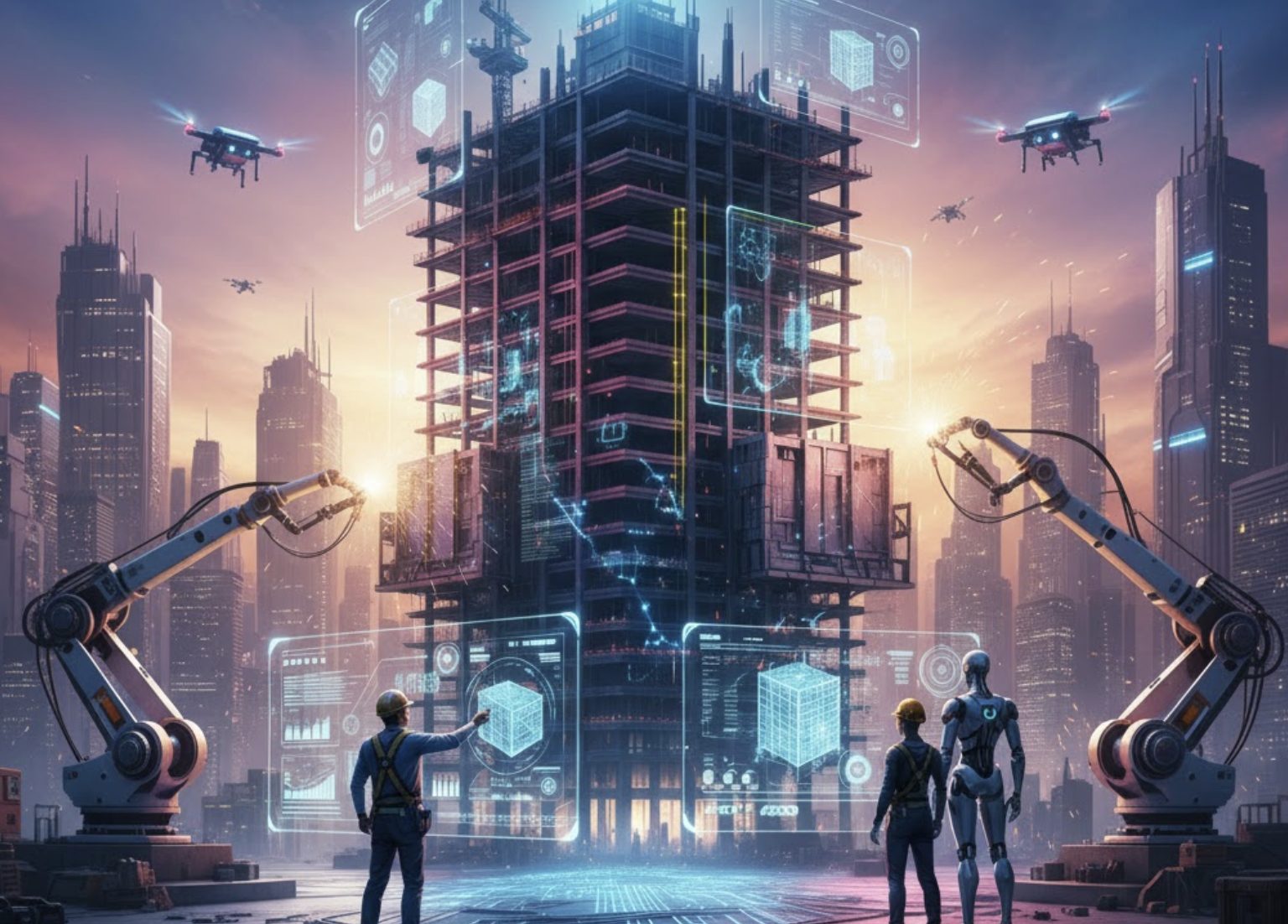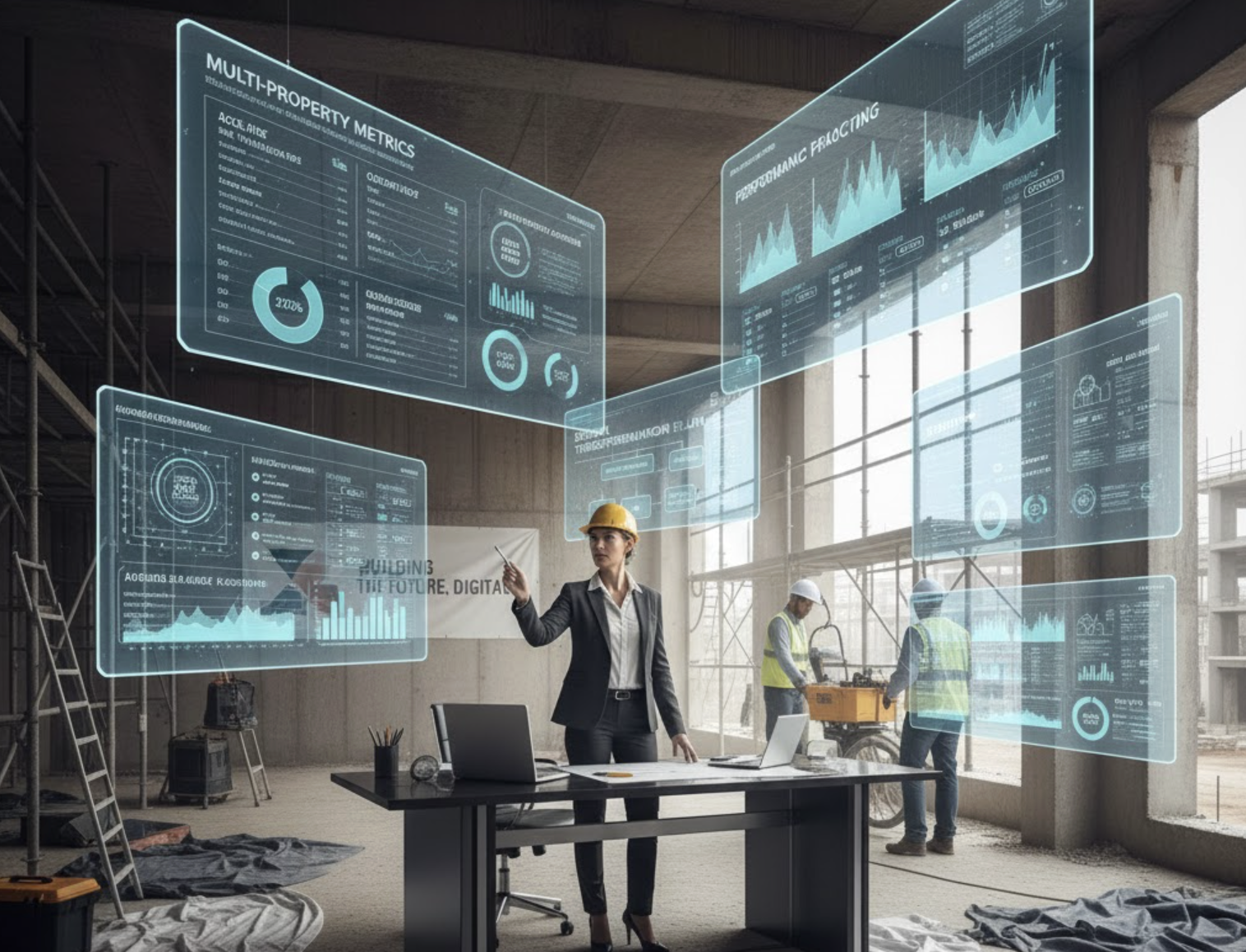How Zepth Tender Tracker Handles Post-Tender Clarifications with Voice AI
Post-tender clarifications are crucial interactions in the construction management process, especially after bid submissions. These exchanges are essential for stakeholders seeking additional information or clarification on technical, commercial, or compliance aspects of bids before final awards are made. Efficient handling of these interactions maximizes transparency, reduces the risk of errors, and ultimately ensures the selection of projects that deliver the greatest value. In this blog, we explore how Zepth Tender Tracker revolutionizes post-tender clarifications utilizing Voice AI technology to enhance communication and workflow efficiency.
Zepth Tender Tracker: Core Capabilities for Post-Tender Clarifications
Zepth Tender Tracker brings numerous capabilities that are indispensable for effective post-tender clarification management. With its intuitive platform, it centralizes all bid-related documentation, correspondence, and clarification requests, ensuring that stakeholders have real-time visibility and comprehensive audit trails for every exchange.
- Centralized Communication: This feature consolidates crucial documentation, shielding users from information silos while promoting engagement via organized communication channels.
- AI-Driven Document Management: Zepth’s software automatically extracts and organizes clarifications, diminishing manual handling requirements and promoting accuracy.
- Custom Workflow Automation: The routing, notification, and approval processes for clarifications are automated. This automation confirms that every request is addressed efficiently by the pertinent stakeholders.
- Audit Trails & Compliance: Each clarifying interaction is meticulously logged, granting transparent tracking while ensuring compliance with regulatory standards.
For more details on how Zepth can enhance your tender management processes, learn more about Zepth Tender Management.
Voice AI Integration: Streamlining Clarification Workflows
The incorporation of Voice AI technology offers an innovative approach to managing clarifications. This technology employs advanced Natural Language Processing (NLP) to transcribe, analyze, and respond to voice-based clarification queries. By converting spoken words into actionable items, the platform ensures that communication is not just swift but also productive.
- Interactive Dialogue: Stakeholders can now submit clarifications via voice commands, with the platform instantly converting speech into text integrated within the tender tracker workflow. Voice AI comprehends and summarizes the core issue while flagging essential details for review.
- Accelerating Resolution: The outset of a clarification often involves unnecessary back-and-forth communication. Voice AI captures the context of inquiries and required actions in a structured and efficient manner, resulting in information being processed without delays.
To dive deeper into Zepth’s capabilities with voice technology, explore Zepth Voice AI Capabilities.
Key Benefits & Use Cases
Utilizing the Zepth Tender Tracker paired with Voice AI offers several robust advantages:
- Faster Cycle Times: Voice AI accelerates the clarification process, thereby decreasing turnaround times and keeping workflows on track.
- Improved Transparency: Every interaction utilizing voice technology is recorded, guaranteeing a *single-source-of-truth* for clarification exchanges.
- Minimized Disputes: Logging structured clarification trails mitigates ambiguity, diminishing the potential for disputes during contract negotiation or project delivery.
- Enhanced Accessibility: Non-technical stakeholders can engage fully through voice interfaces, enriching participation in the tender process.
- Best Use Cases: Common scenarios include clarifying ambiguous technical specifications, resolving commercial bid deviations, and addressing late submissions of compliance documents.
Industry Innovation & Zepth’s Edge
Zepth stands at the forefront of construction industry digital transformation with agentic AI functionalities integrated into its platform. These capabilities allow for autonomous processing and responding to straightforward clarification requests based on historical data and organizational policies.
- Integration with Analytics: Clarification trends can be visualized through advanced analytics dashboards, offering insights that contribute to ongoing process improvements.
- Secure Collaboration: Zepth ensures information security through stringent access controls, allowing only authorized personnel to view or edit sensitive clarification content.
Discover more about how Zepth can enhance your workflows by checking out our automated workflows.
Best Practices When Using Zepth Tender Tracker and Voice AI
To maximize the benefits of Zepth’s Tender Tracker and Voice AI, consider implementing these best practices:
- Standardize Templates for Clarifications: Utilizing predefined templates for recurring clarification types, greatly enhanced by AI-assisted drafting, can streamline processes.
- Leverage Audit Trails: Regularly audit clarification interactions to identify patterns that suggest gaps in scope or unclear requirements.
- Train Key Stakeholders: Ensure all team members, especially those on-site or working remotely, are trained to utilize Voice AI features to foster robust, inclusive communication.
Relevant Statistics & Industry Context
The construction industry is increasingly adopting AI-powered tender management platforms to enhance efficiency. Recent estimates suggest that such platforms can potentially reduce bid cycle times by as much as 30-40% through automation and improved communication practices. Organizations leveraging centralized, AI-enabled tender management typically report fewer contract disputes and better project outcomes due to the transparency offered during clarification management.
Furthermore, technological adoption like NLP and Voice AI is witnessing widespread traction in construction management, with platforms like Zepth leading this adoption, particularly in the context of post-tender workflows.




